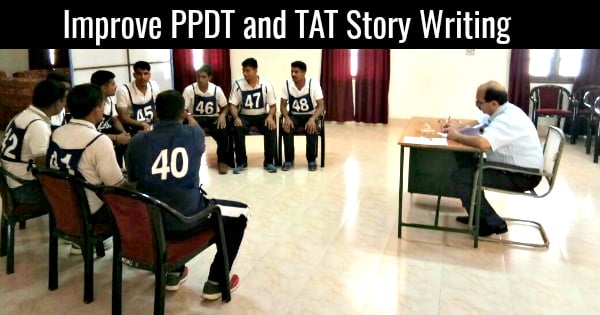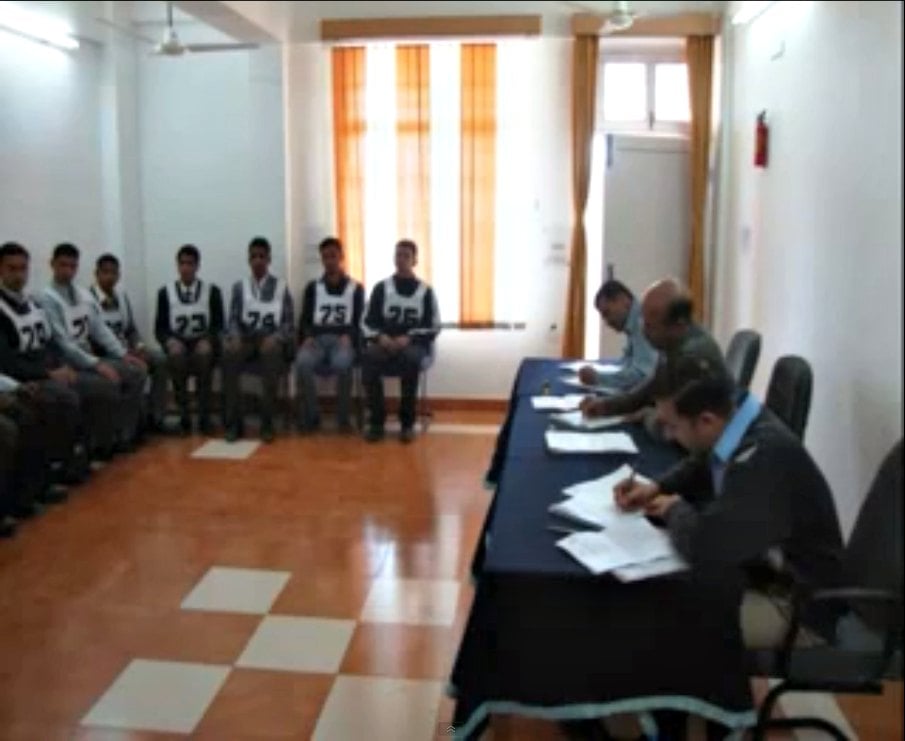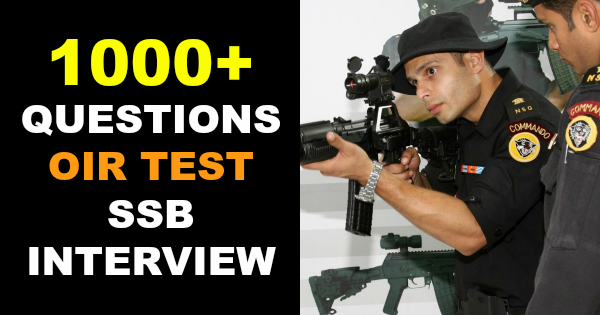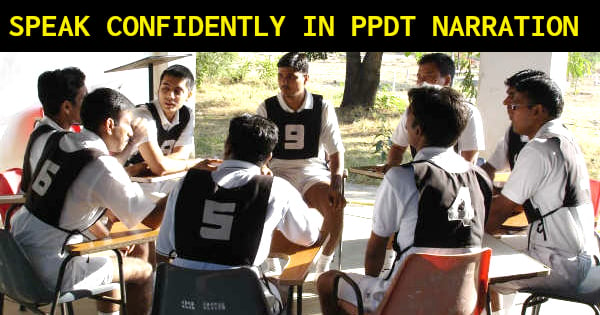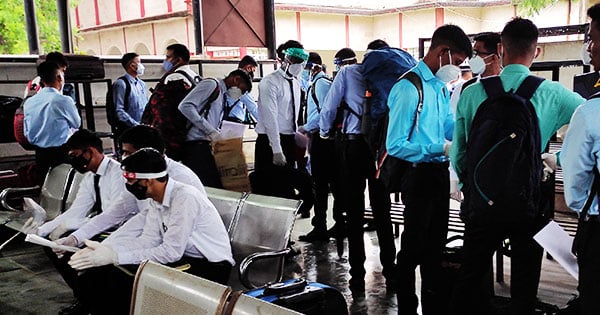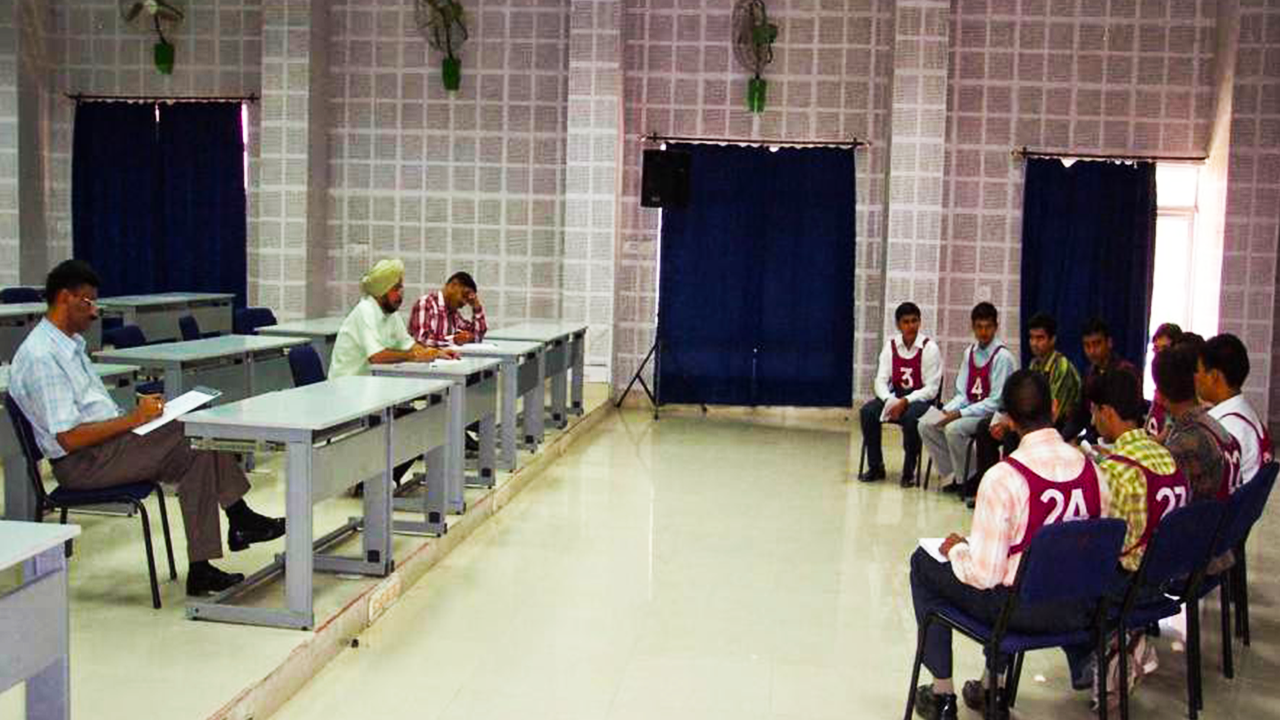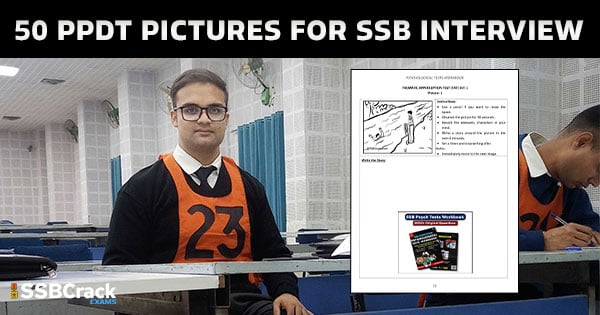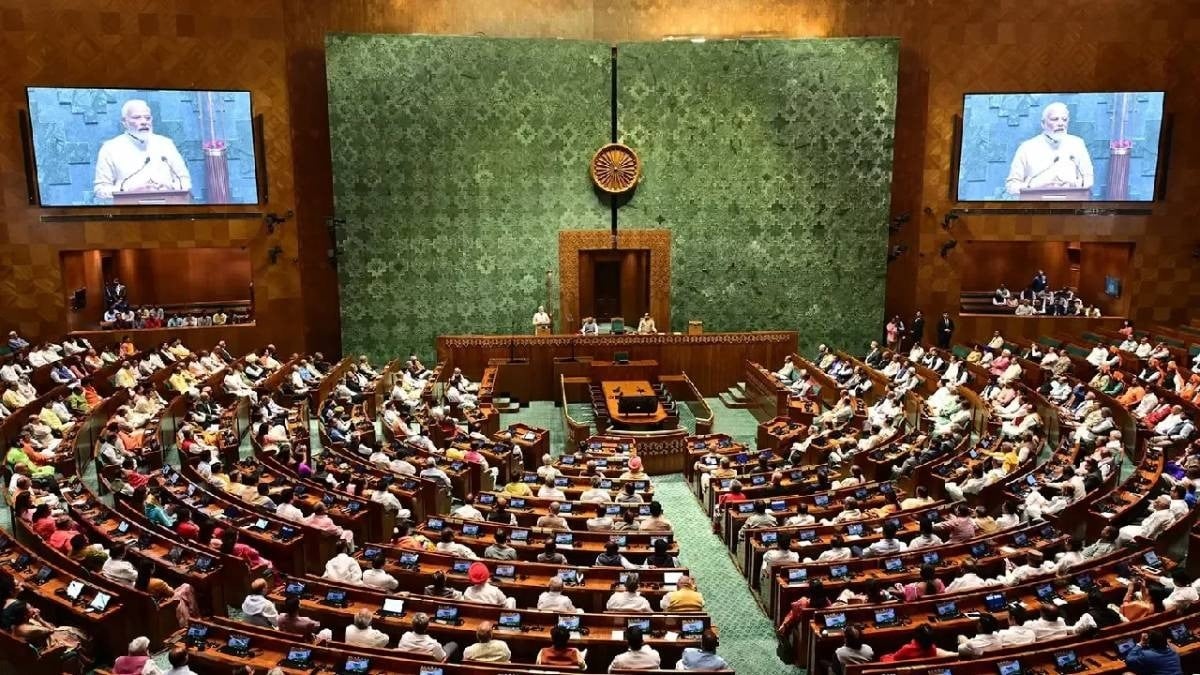The Picture Perception and Discussion Test (PPDT) is a critical component of the selection process in Services Selection Boards (SSBs). Conducted on the first day and serving as the second objective within Stage-I tests, this screening evaluation functions nearly as an elimination test for candidates aiming to secure a position in the armed forces. The primary objective of PPDT is to assess a candidate’s imagination and descriptive abilities within a tightly constrained timeframe.
In this test, candidates are shown a hazy picture for just 30 seconds—an opportunity that demands focused observation and mental preparation. After visualizing the image, candidates must craft a story in four minutes, highlighting their cognitive skills and creativity. The PPDT not only gauges how one interprets stimuli but also reflects one’s ability to think quickly and effectively articulate thoughts.
Following the initial screening phase, those candidates who are successfully screened in advance to Stage-II undergo additional assessments. Among these is the Thematic Apperception Test (TAT), conducted on the second day. TAT aims to delve deeper into the candidate’s intellectual, cognitive, emotional, and behavioral functioning. This test is pivotal in evaluating intelligence, personality style, interpersonal skills, and adaptive capabilities. The insights garnered from TAT help in understanding how candidates react to various scenarios.
Both PPDT and TAT are structured to capture the patterns of thoughts, feelings, and behaviors exhibited by candidates under confined time constraints. In PPDT, candidates should focus on observing the background and characters within the picture to construct a coherent narrative. Identifying the main character and aligning them with their personal attributes plays a crucial role in storytelling. The protagonist should embody resilience and the capability to navigate and overcome challenges effectively.
When drafting the story, candidates should answer three essential questions: what led to the situation observed, what is the current state depicted in the image, and how the key character plans to resolve the issue. Writing in past tense is recommended, maintaining a compact, optimistic, and logical structure. This approach not only reflects social consciousness but also serves as a barometer of an individual’s alignment with the community’s welfare.
It is important for candidates to avoid injecting negativity into their narratives. For instance, if the image shows two individuals engaged in a pleasant conversation, fabricating a backstory involving conflict or danger would be counterproductive and suggest a pessimistic mindset. Candidates are encouraged to stay realistic and grounded, avoiding embellishments or unrealistic transformations in their stories.
Moreover, characters should not be depicted as excessively self-serving or overly focused on garnering recognition. Instead, outcomes should highlight a sense of satisfaction and achievement for the main character, without overt indulgence in self-praise. A concise structure is advised, with a typical story comprising two lines dedicated to the situation’s backdrop, four lines describing the current conditions, and a conclusion spanning two to three lines.
For the final ambiguous picture presented during the TAT, it’s beneficial to prepare a narrative in advance. This helps streamline the writing process, enhancing clarity and reducing the chance of confusion during the time constraints. Candidates are also encouraged to refine their handwriting, as legibility can significantly impact the presentation of their thoughts.
Practicing storytelling with visuals from various sources—such as newspapers, magazines, and even personal observations—can significantly enhance both creativity and writing proficiency. Remaining calm and composed throughout both tests is essential, as anxiety can stifle creativity. While these evaluations inherently introduce pressure, channeling that energy towards originality is crucial for success.
In summary, excelling in PPDT and TAT relies on a combination of preparation, a clear understanding of the tasks at hand, and the ability to think creatively within set constraints. Candidates who strategically harness their observation, imagination, and writing skills stand a better chance of making a lasting impression in the selection process.
